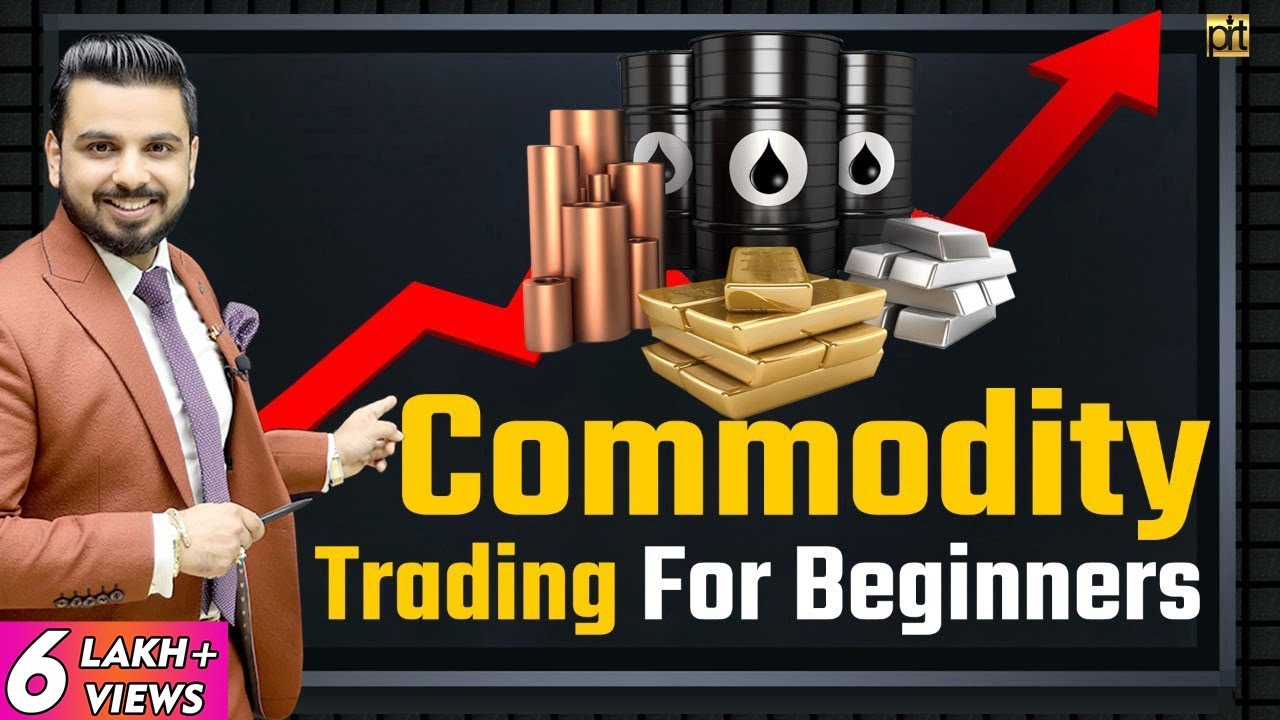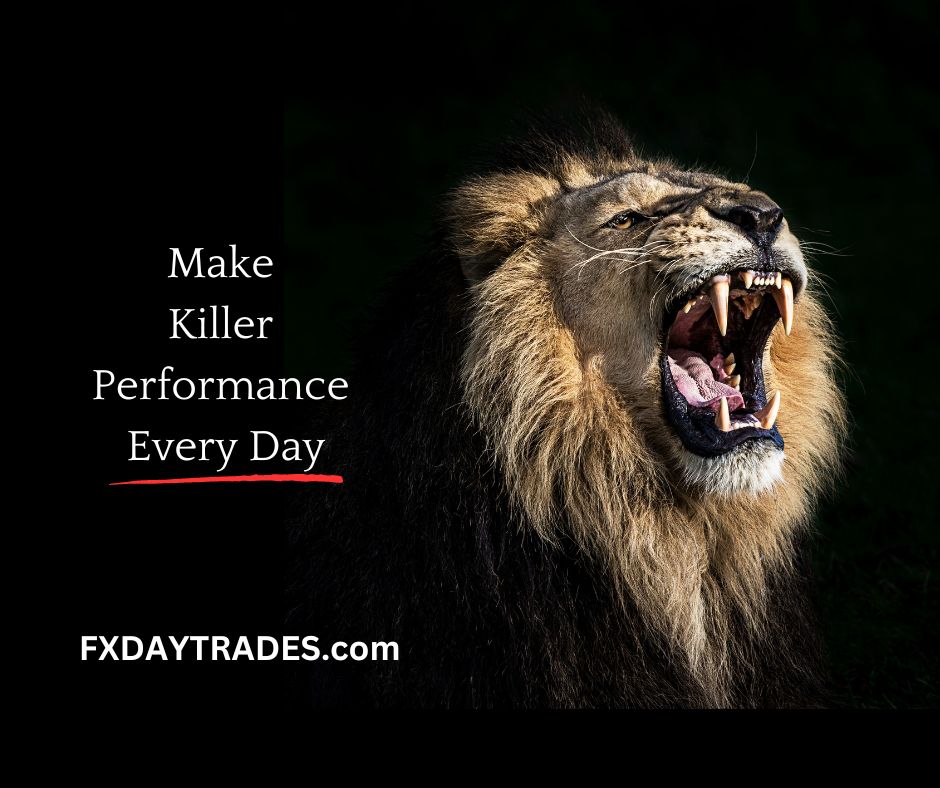Learn about commodity trading and how it differs from stock trading in this informative video. The discussion covers the concepts of forward and future contracts, options trading, and hedging. The video uses relatable examples to explain these complex ideas and encourages viewers to seek out further knowledge and education.
Commodity Trading: Beginner’s Guide to Understanding the Differences from Stock Trading
Introduction
Commodity trading is an integral part of the financial market, but many people are not familiar with it. In this video, we will be discussing commodity trading in detail and how it differs from stock trading. We will start with a story that sets the tone for what commodity trading is and the challenges that both buyers and sellers face.
The Tale of the Farmers
The story revolves around two farmers; one who grows tomatoes and the other who owns Kissan Company, which produces tomato ketchup and jam. The farmer is worried about the risks of investing in the commodity market, such as fluctuating commodity prices, interest rates, and managing their farming operation.
Kissan Company, on the other hand, is concerned about the risks of buying tomatoes from the market and producing ketchup and jam for a fixed price. The company is always at risk of losing money if the price of tomatoes fluctuates too much, especially if the price of the product they sell remains the same.
The Solution – Derivatives and Hedging
To mitigate the risks of price fluctuations, both parties can use derivatives trading tools such as selling and buying futures and options contracts in the market.
A farmer can make a contract with Kissin Company to buy tomatoes at a guaranteed price. This contract allows the farmer to sell directly to Kissin at an agreed price, ensuring they do not fall into financial difficulty if the market price drops below a certain level.
This type of financial agreement is called “hedging,” a tool used by large institutions and businesses to protect their positions in the market. Hedging is done by taking offsetting positions in the market to reduce the risk of adverse price movements.
The Contract: Forward and Future Trading
Forward contracts allow individuals to buy or sell an asset at an agreed-upon price for a future date. They can be customized to suit the buyer or seller’s expectations, including the price, quality, and quantity of the commodity.
Moreover, in the context of trading, it is known as future trading; it allows buyers and sellers to agree on a price for a future delivery date of an asset. The futures contract is standardized and traded on an exchange, allowing market participants to buy and sell futures contracts with ease.
Options Trading
Options trading is another way to reduce the risk of price fluctuations in the market. In options trading, an individual buys or sells the right to buy or sell an asset at an agreed-upon price at a future date.
The buyer of the option has the right, but not the obligation, to purchase or sell the asset at the agreed-upon price. Moreover, the seller of the option is obligated to complete the transaction if the buyer chooses to exercise their option.
Conclusion
Commodity trading offers a unique opportunity to investors to hedge against price fluctuations in the market. Farmers and businesses can use derivatives trading tools and strategies like hedging, forward and future trading, and options trading to mitigate the risks of price movements.
As with any form of trading, there are risks involved, but a better understanding of the options available can help manage those risks. The internet offers a wealth of knowledge on trading strategies, and individuals are encouraged to invest their time in research to become more aware of the ins and outs of trading.

